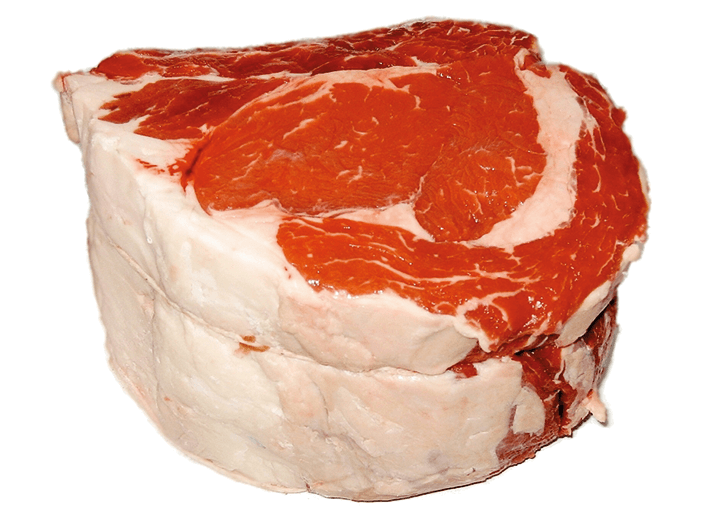No one likes a nasty surprise – especially while eating. Last year, we reported on an LC-MS/MS method for meat speciation testing (read article). Now, a research team from the UK’s Institute of Food Research, led by Kate Kemsley, has used nuclear magnetic resonance (NMR) spectroscopy to analyze the chemical composition of fat to distinguish beef from horse. In fact, the work has resulted in the launch of a new instrument from Oxford Instruments. Kemsley tells us more.

About three years ago, Oxford Instruments approached me and my group because of our experience in statistical analysis of spectral data. They wanted to work together to develop a benchtop machine for a new class of NMR for industrial applications. Within three months of the project getting up and running, the horse meat scandal in the UK broke out. We reasoned that meat identification would be a very beneficial application.
We developed a method that looks at the differences in the chemical composition of the fat in meats to determine speciation. We call this triglyceride fingerprinting. The big difference between our method and existing techniques and research-grade NMR is the field strength – we’re working at much lower field strengths. It’s actually how NMR used to be 40 years ago but today the instrument builder can couple it to modern day electronics and computers. We can collect huge quantities all in one dataset and use modern day computational methods to deal with it. The instrument (Pulsar) is designed to sit on a bench as a low-cost, low-maintenance system, but the underlying spectroscopy by which the data is generated is the same as for high-field NMR.
The standard methods currently used in the industry now are biological – and it’s fair to say they have problems with quantification. Some involve amplification to replicate bits of DNA so you can’t say whether you have a trace of contamination or if the sample is 50 percent contaminated. Our method is not intended to look at products retrospectively after the supermarket issues a recall; we envisage it being there right at the start when blocks of frozen meat arrive at the meat processing company. NMR is quantitative in a direct way because it counts the number of protons of a different type that you’ve got in different positions of a triglyceride molecule; you can directly translate the height or area of your peak to the amount that’s present. My team is an analytical science unit and we have some of the other competing technologies here. We also tried MS for this work (in parallel we’re actually developing MS-techniques based on protein fractions rather than triglyceride) but in comparison MS is slow. NMR is so much faster and simpler.
We focused on horse and beef, but Oxford Instruments have done work with pork and lamb too. It’s safe to say that pork works as well as horse, but lamb is a little trickier. We can also get a spectrum from processed meats. We’ve used the technique for rapid labelling information on whole foods, such sausages, to get saturated and polyunsaturated fat content. But we couldn’t do species identification on a product that quite legitimately had, say, sunflower oil in it since this would interfere with the triglyceride profile.
It’s difficult to say, but we’re definitely not working in the contamination area. We only look at the fat constituent of meat so we’d have a much lower limit of detection if you had say steak mince adulterated with a really fatty piece of pork.
The production protocol is simple but there are some steps that really help improve your result, such a filtering step. Low fat samples are the main challenge, such as very lean steak, and the spectra can be a bit noisy if you only collect for five minutes. We’ve done a lot with computational excluding routines to try and improve the data post collection so that we don’t have to collect for an hour; our aim is to keep the process quick. Speed is something we can compete on and if you need two to three hours then you might as well use DNA-based or MS methods.
Meat isn’t the only area we’ve looked at and I think the triglyceride fingerprinting technique would also be good for looking at edible oils. In fact, we have a project in the pipeline that is in the final stages of approval at the moment where we would work as a partner to have NMR trialled for authenticating olive oil.
References
- W. Jakes et al., "Authentication of Beef Versus Horse Meat Using 60 MHz 1H NMR Spectroscopy", Food Chem. DOI: 10.1016/j.foodchem.2014.11.110 (2015).




